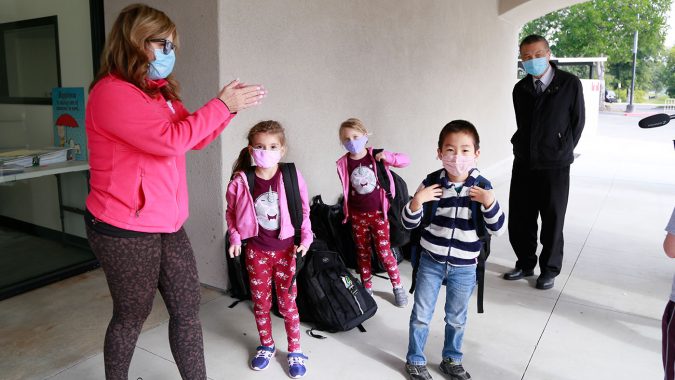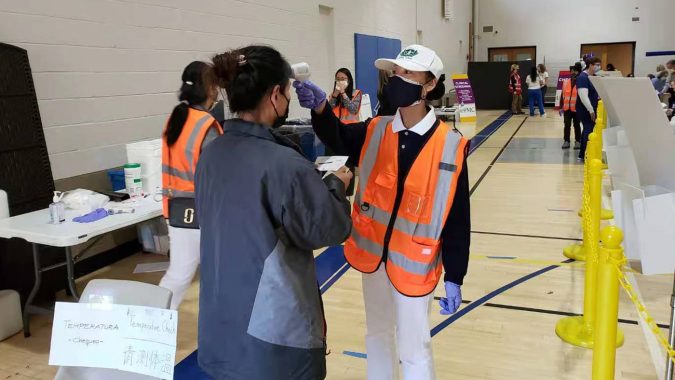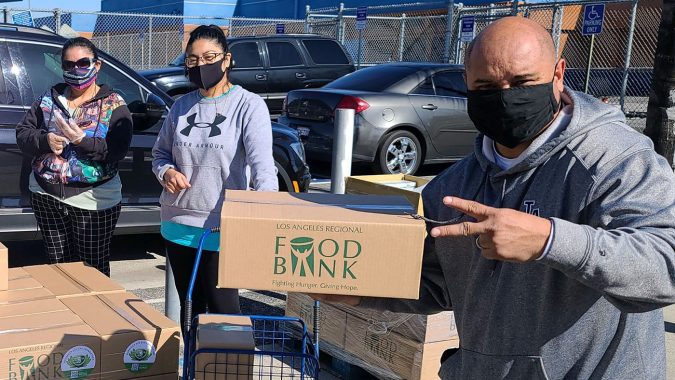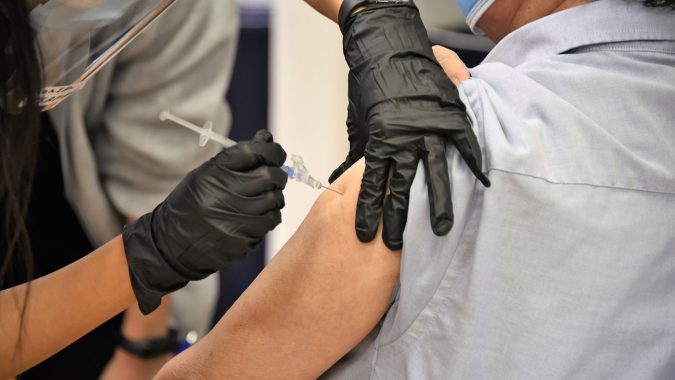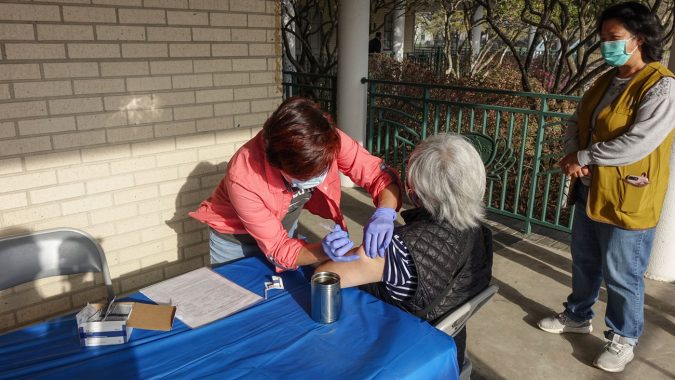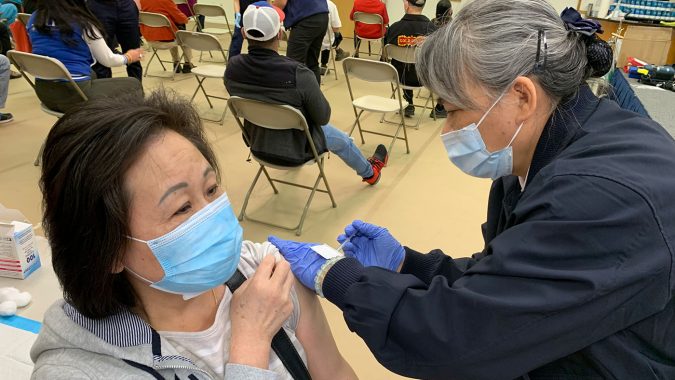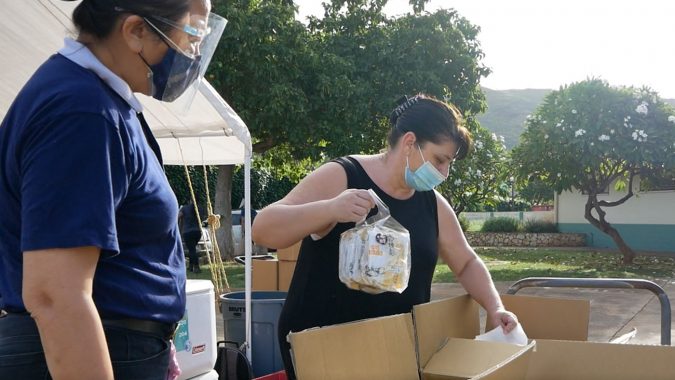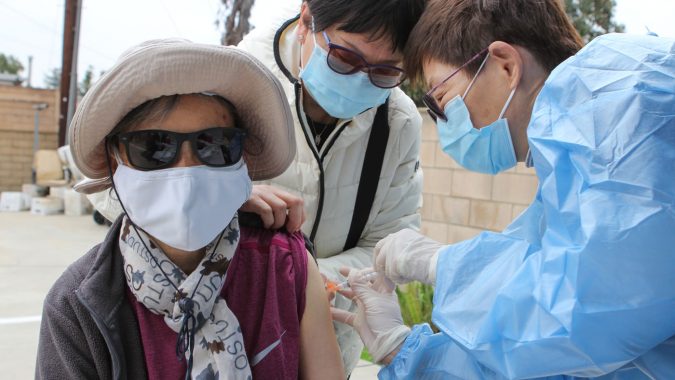
By Dilber Shatursun
As new epidemics emerge and threaten public health on a global scale, so can the misinformation that follows. Here, we share with you these simple facts about the recent coronavirus outbreak currently taking China- and the world- by storm.
1. What is a coronavirus?
Coronaviruses are not new phenomena. They are a category of viruses that cause mild to severe illness mostly in birds and mammals, with mutated forms affecting humans. In fact, you’re likely aware of one of them already: SARS (otherwise called SARS-CoV).
What’s more, everyone is likely to contract at least one common coronavirus at some point in their lifetime. What has currently caused worldwide panic- and a growing number of fatalities- is formally called the 2019 Novel Coronavirus (or 2019-nCoV).
As for its name, coronaviruses have crown-like spikes on its surface, loosely resembling a crown, or corona in Latin.
2. Where did the virus come from?
Though the exact origin is difficult to pinpoint at this time, scientists and researchers currently believe the 2019 Novel Coronavirus came from an animal source. SARS-CoV was found to come from bats and MERS-CoV, or Middle Eastern Respiratory Syndrome Coronavirus, was found to come from camels.
What they do know is that first known cases of the 2019-nCoV are thought to be linked to a seafood and live animal market in Wuhan, located in China’s Hubei Province, suggesting a transfer from animal to human. However, a large number of patients reportedly had little to no contact to animal markets, indicating person-to-person transferring of the virus is occurring.
As more and more people have become infected, it is clear the virus can transfer without the presence of an infected animal and, instead, from person to person.
3. How exactly does it spread?
While exact answers are still being determined, based on the spread of previous coronaviruses like SARS, current research suggests the virus may spread through respiratory droplets that come from coughs and sneezes. Absorbing these droplets through inhalation or contact through skin and orifices (particularly when touching one’s eyes, nose, or mouth) can lead to infection.
4. What happens if you get infected?
Symptoms of the 2019 Novel Coronavirus vary among infected individuals and range in severity, with some cases resulting in death. They may manifest anywhere from 2 to 14 days and can include fever, coughing, difficulty breathing, a sore throat, overall unease – all similar to the common cold. This may be the virus’ most frightful aspect, which raises the question…
5. How likely is this to affect me if I’m in the United States?
As of February 5, the Centers for Disease Control and Prevention (CDC) confirm there are 12 individuals who have tested positive for 2019-nCoV. They are located in Arizona, California, Illinois, Massachusetts, and Washington state. Visit the CDC’s 2019-nCoV situation summary for the latest updates in new US cases.
Still, to put the local threat of the 2019-nCoV into perspective, there is another virus that has infected approximately 15 million Americans, caused the hospitalization of more than 150,000, and is responsible for the death of 8,000 since October alone. Worrisome? Yes. Do you already know it? Yes to that, too. What’s it called? Influenza.
That’s right. Based on current CDC estimates, the average American is much more likely to contract the flu than the 2019-nCoV. Unless you have recently travelled from China (within the past 14 days) or have interacted with someone who has (or has tested positive for 2019-nCoV) AND you are displaying flu-like symptoms, the general public is most likely not at risk.
Those who are at higher risk are those healthcare workers treating cases of 2019-nCoV and their close contacts. However, if you have reason to believe you are at risk, please see the CDC’s guidelines on what to do here.
6. Is it still okay to travel internationally?
The World Health Organization has just declared the 2019-nCoV outbreak a public health emergency of international concern. As a result, we caution international travel and discourage exposure to densely populated public spaces. If you must, follow our guide to staying safe, no matter where you are in the world.
As for travel specifically to China, the CDC currently recommends cancelling all nonessential trips. See the CDC’s latest travel advisory here.
7. I’m concerned…. what can I do to keep myself and others safe?
We suggest three easy courses of action.
First, educate yourself and others about the recent outbreak. Discuss it among family, friends, colleagues, and more. Better yet, share this article with a friend and on your social networks. Knowledge is key to taking appropriate action.
Second, read all about our suggested 2019-nCoV preventative measures to help minimize risk of infection for you and your loved ones.
Third, help aid workers and residents on the frontlines of the epidemic across cities in China, and make a donation that will help purchase protective coveralls, N95 respirators, surgical masks, face shields, and much more for them to use. With the rising toll of the infection growing, every ounce of prevention counts. Find out more in the link below.


